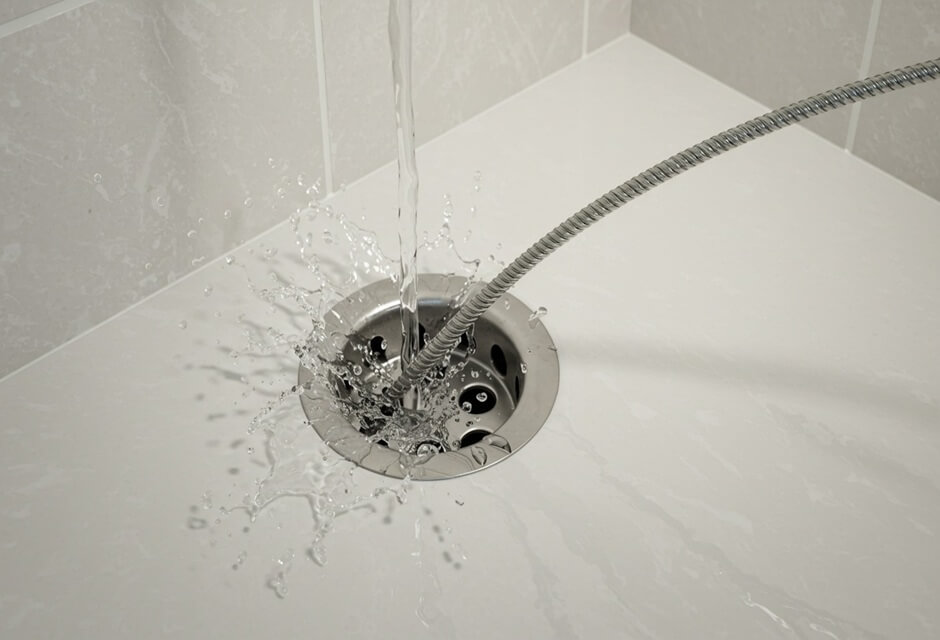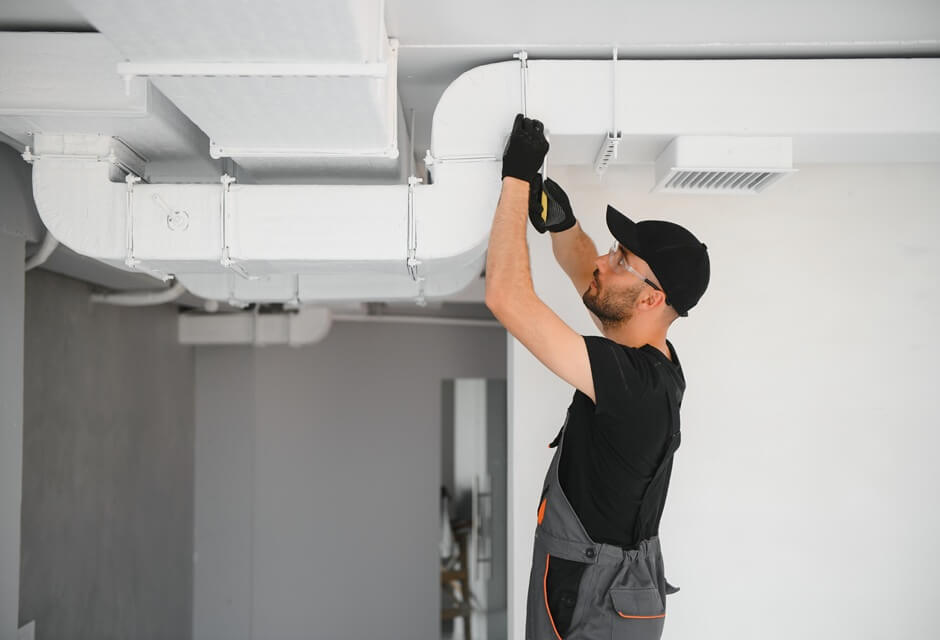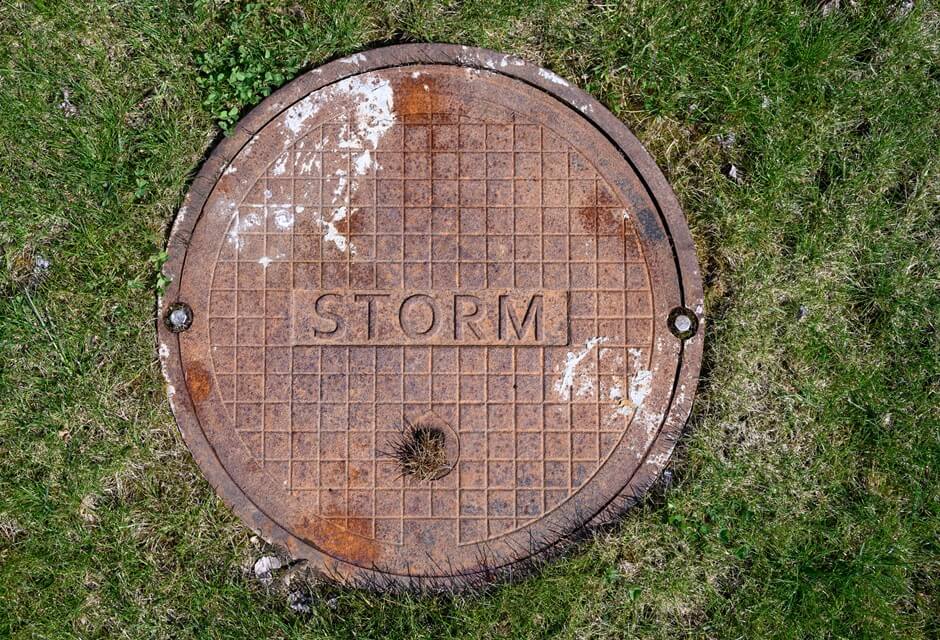The foundation is the backbone of the home. It is extremely important that you have a strong foundation in place that can support the weight of the house. Although there are many materials that the foundation could be made of,-- stone, block, or wood--the most popular option is concrete. There are three main types of foundations-- full basement, slab-on grade, and crawlspace-- each with their own ground conditions and market expectations depending on which parts of the country you are from.
Types of Foundation
The full basement foundation type is more commonly seen in the Northeast and is usually created as an underground room that could be used for storage or another living area. This is made by placing footings deep below the ground with eight-foot high walls that enclose a very thick slab of concrete. Basement finishings have become more popular these days and often times turned into a gym, an office, a recreational room, or an entertainment center. With a basement, it is important to maintain good ventilation, lighting, and insulation. Good insulation is key to avoiding mold and mildew growth because it reduces the chances of condensation. Full basement foundation is preferred in the Northeastern states rather than the Southern states because the the southern states tend to have warmer temperatures, which increase the chances of dampness and dew formation.
Crawlspace foundations are mostly seen in the Southeast and parts of the Midwest. It gets its name from the space in between the ground and the floor frame that is big enough for someone to crawl around. Most crawl spaces have vent openings to supposedly keep out moisture; but instead, these openings attract moisture. Thus, it is highly recommended by experts that you cover and insulate those open spaces.This may seem like a cost burden now, but will actually reap many benefits in the future.
The slab-on grade is most commonly used in warmer areas of the country such as Florida. This type of foundation is a concrete slab poured out at grade level serving as the home’s main living area. It also helps to transfer the weight from the walls to the ground.
Using the foundation that is common in your area is important because they are usually the best suited for those weather conditions. Also, installing an uncommon foundation types in your home can get quite expensive, have unexpected delays, and additional expenses.
Warning Signs
Here are several signs to warn you about possible foundational problems. One indicator is that the doors or windows of your house jam frequently. If you see cracks in walls, windows, or brick fireplace then you know that your foundation needs inspection. In addition, if there is a misalignment in any of your doors then it is safe to assume that there could be a foundational problem. Also, signs of damage, excessive chipping, and cracks in the cement of the base of the house can point to foundational repair. A leaky roof that looks like it is in good shape can also be a result of a failing foundation. If any of these warning signs sound familiar, then you should hire a professional immediately to fix it before the damages worsen.
 Let a foundation repair contractor give you an estimate on your project
Let a foundation repair contractor give you an estimate on your project





 Member of the
Member of the